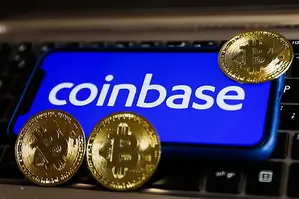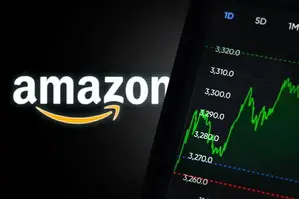Ripple (XRP) is a unique cryptocurrency, and an ambitious one at that. Ripple began its journey by solidifying its footing in the cross-border payment domain, slowly gaining recognition and growth in the sector through strategic planning and layout. Over time, XRP has established notable global collaborations and partnerships; however, the token’s progress seems slow, considering its significant presence in international financial markets. What are some elements hindering XRP’s price hike and its adoption? Let’s find out.
Also Read: XRP Institutional Accumulation Fuels $8 Price Target Optimism
Bearish Trends Hindering XRP Price Surge and Its Adoption
1. Struggling to Gain Global Momentum
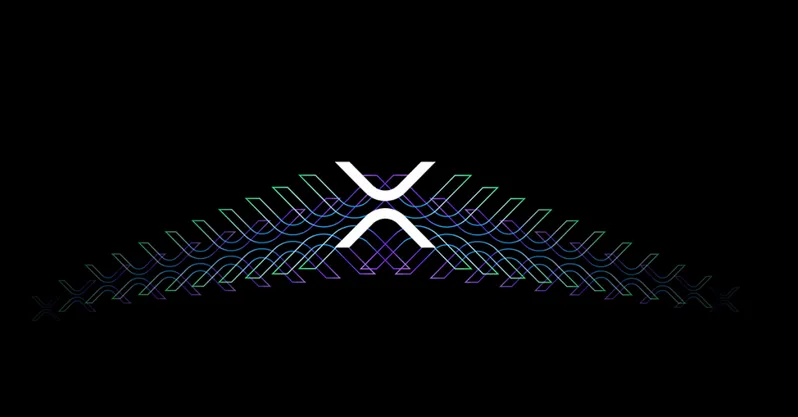
Ripple (XRP) is undoubtedly one of the most promising cryptocurrencies in the space. But the token has failed to scale due to low on-chain usage, despite the bank forging connections with nearly 300 banks. A similar sentiment was echoed by Ripple’s CTO David Schwartz, who shared how Ripple’s mainstream adoption is yet to explore deeper, wider horizons.
“Ripple has 300+ bank partnerships, but after 13 years, shouldn’t there be billions in daily on-chain volume?” I think there are a number of reasons why institutions have historically preferred to use digital assets off-chain rather than on-chain. I think we’re close to changing that because institutions are starting to see the benefits of moving on-chain. But I agree it has been very slow. Even Ripple can’t use the XRPL DEX for payments yet because we can’t be sure a terrorist won’t provide the liquidity for payment. Features like permissioned domains will address this.”
2. Banks Are Reluctant To Embrace New Tech
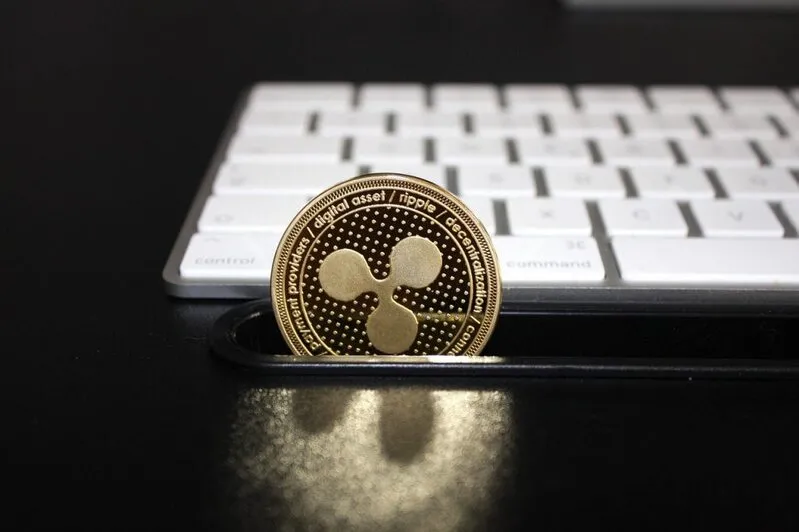
It’s hard to defeat traditional elements while keeping all the risk markers checked and in place. Traditional banks and institutions are already hardwired to conduct financial proceedings traditionally, unable to extend support to newer methodologies, especially those that Ripple (XRP) practices. This is also one of the reasons why XRP price and adoption are suffering, waiting in line to hit a new mark ahead.
“Geopolitical risk. Why would foreign countries trust a US-based private company payment network?” If you’re asking about XRPL, it’s not really US-based. It has never discriminated against any particular participant, and if it ever started to, I would hope people would stop using it. If you mean Ripple’s enterprise payment products, we have separately licensed entities in many jurisdictions. But obviously, you’re not going to see it in North Korea or Cuba any time soon, and there might be, in some cases, pushback to a US company having some control over, say, payments between Pakistan and Saudi Arabia. We build trust, and we make hay where the sun shines.”
3. Stablecoins Could End Up Hurting XRP
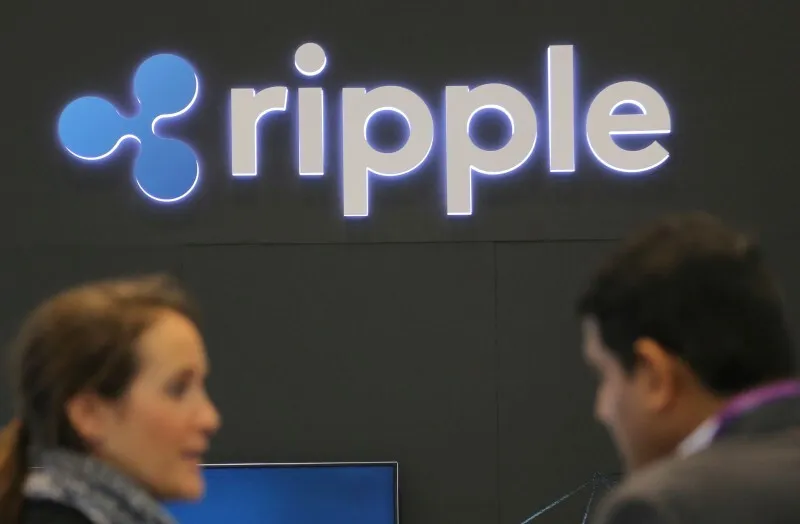
Stablecoins have now started to seriously compete with XRP in the domain of global payments and transfers. These coins are pegged to safer and stable fiat currencies, which helps in ironing out liquidity and volatility issues. XRP, on the other hand, is still standing on the cusp of a transformation, battling an identity crisis that pushes it towards more volatile waters, hindering its price hike and adoption.
"Ripple has 300+ bank partnerships, but after 13 years, shouldn't there be billions in daily on-chain volume?"
— David 'JoelKatz' Schwartz (@JoelKatz) July 30, 2025
I think there are a number of reasons why institutions have historically preferred to use digital assets off chain rather than on chain. I think we're close to changing…
Also Read: XRP Falls Below $3: Is This Your Chance to Buy Low, Sell High?


